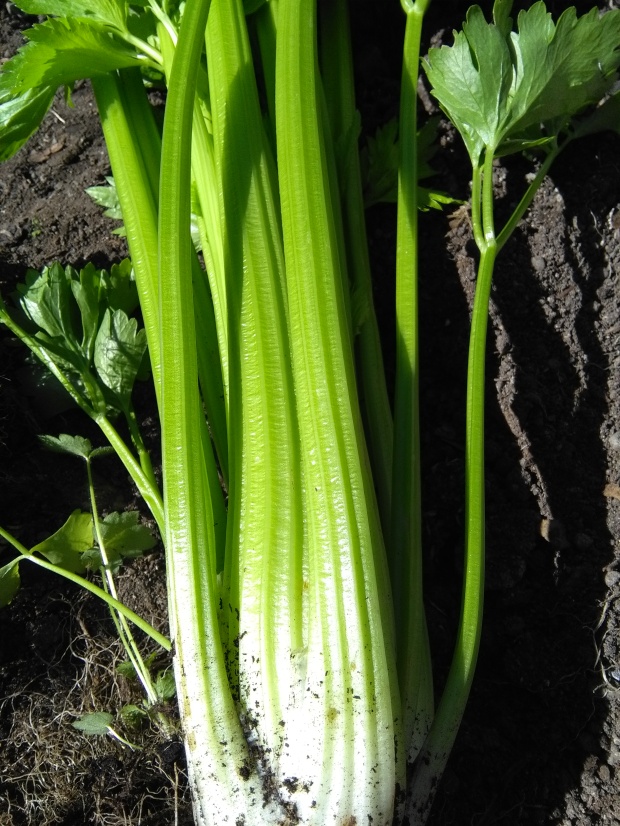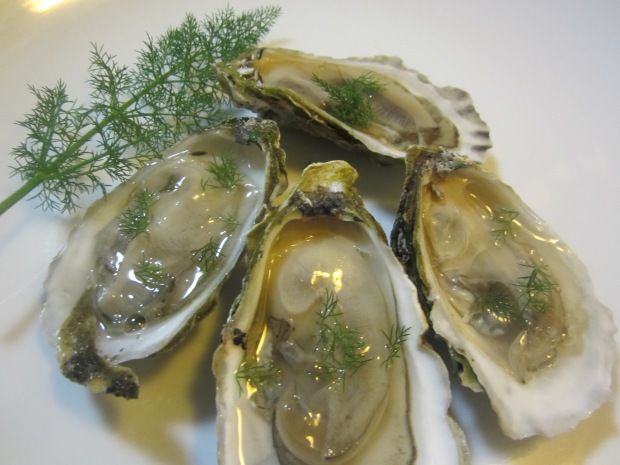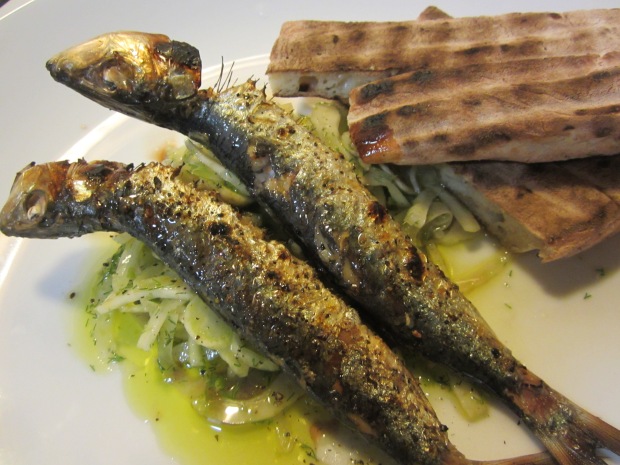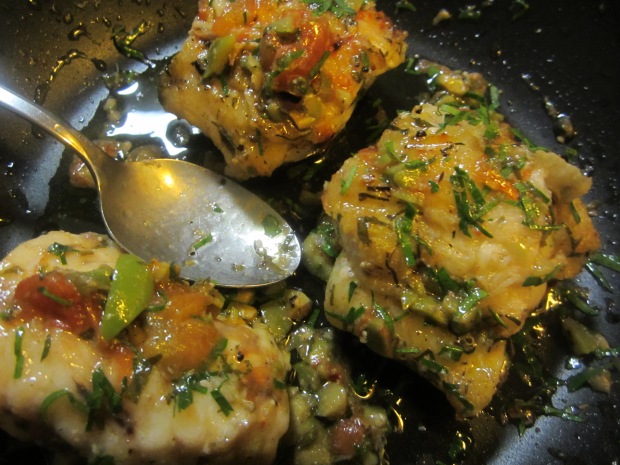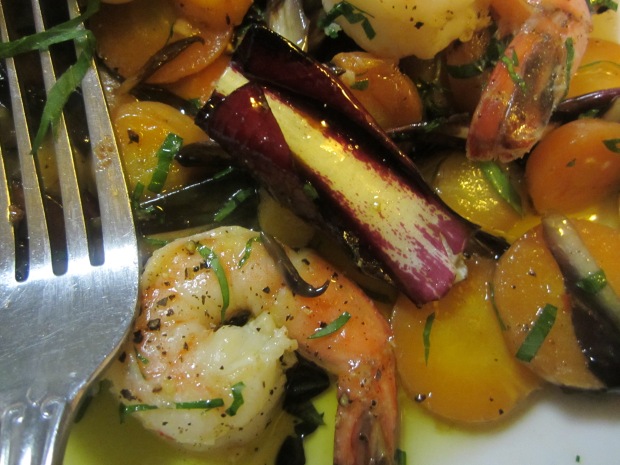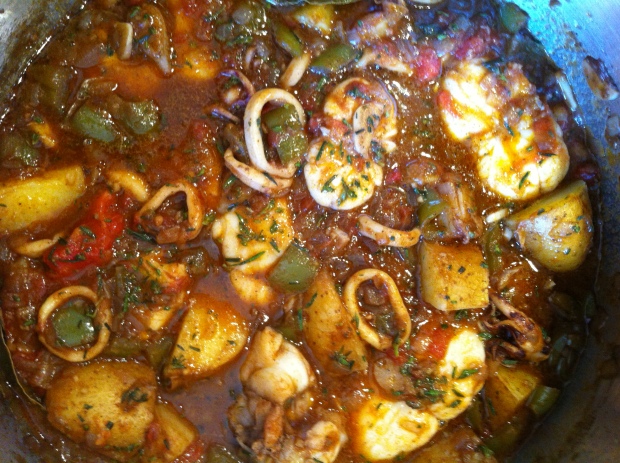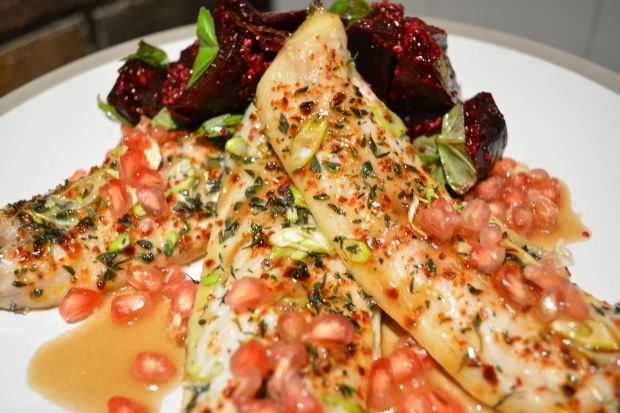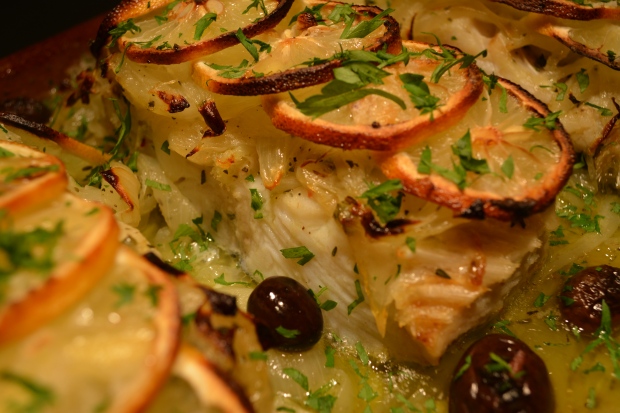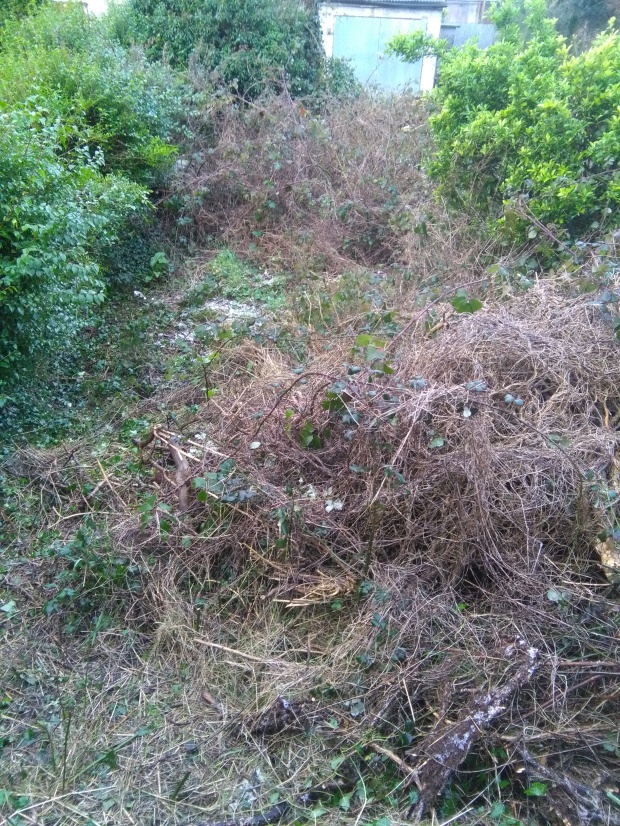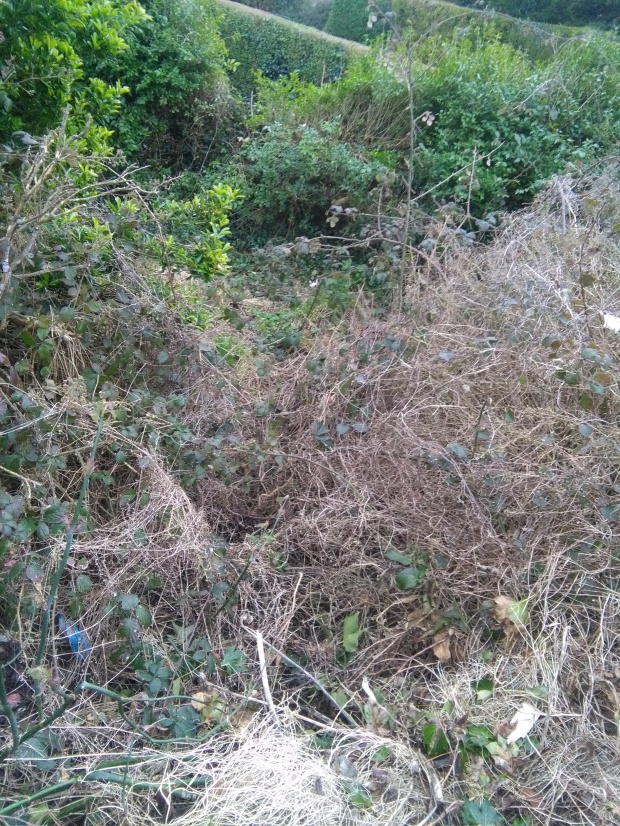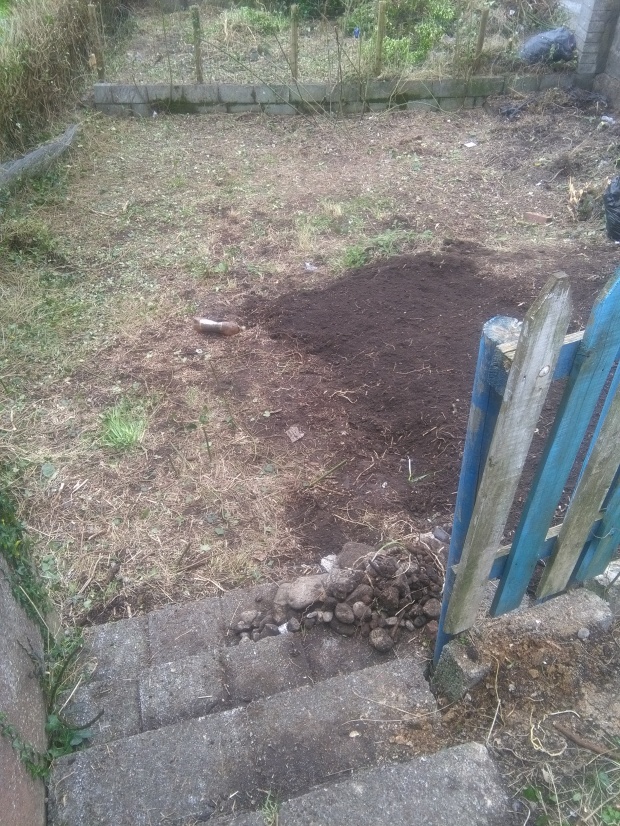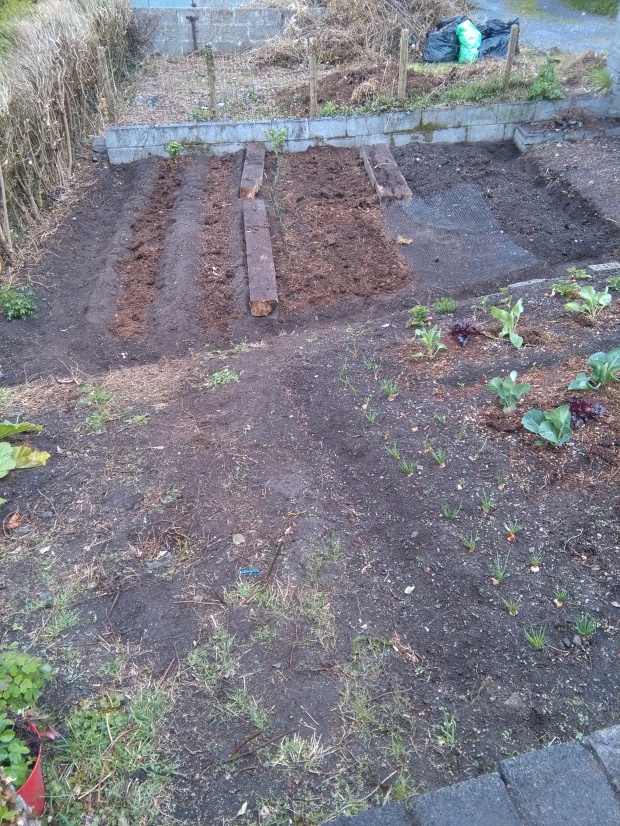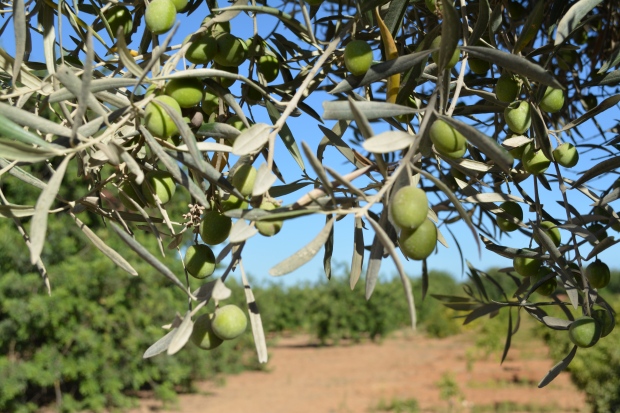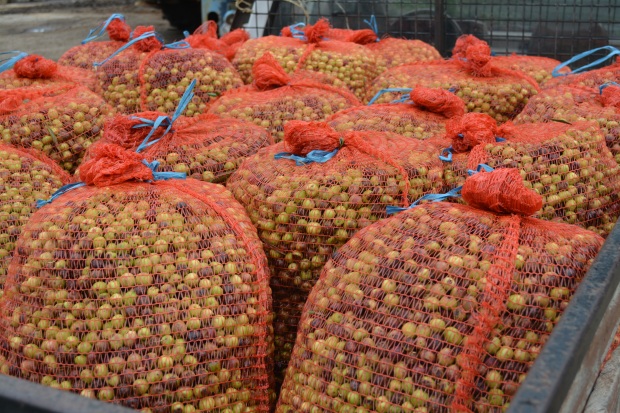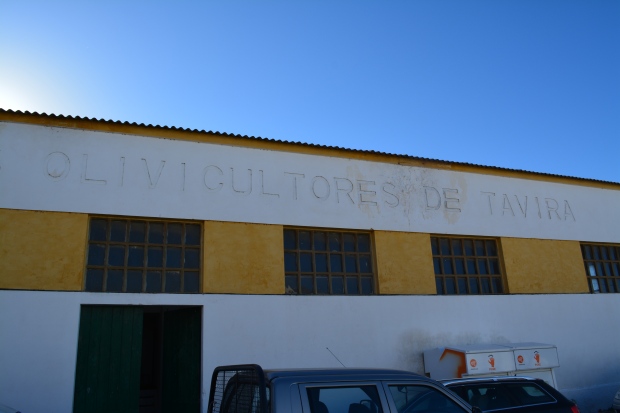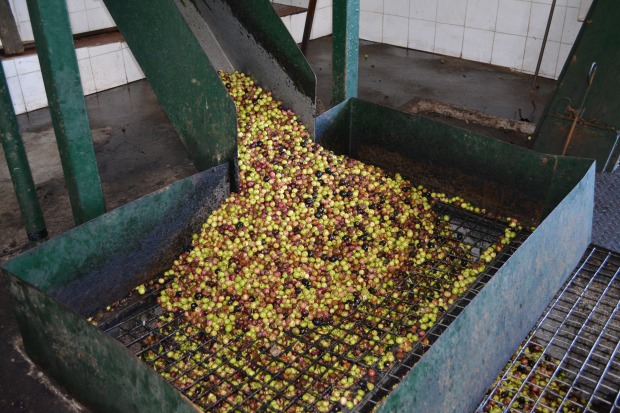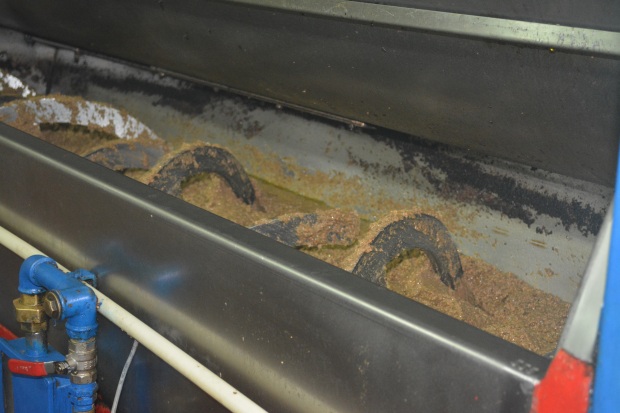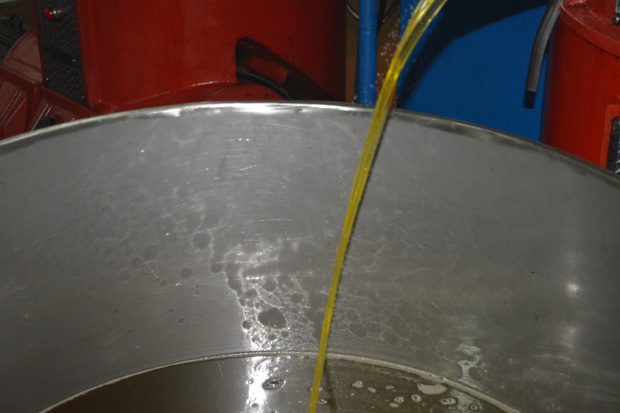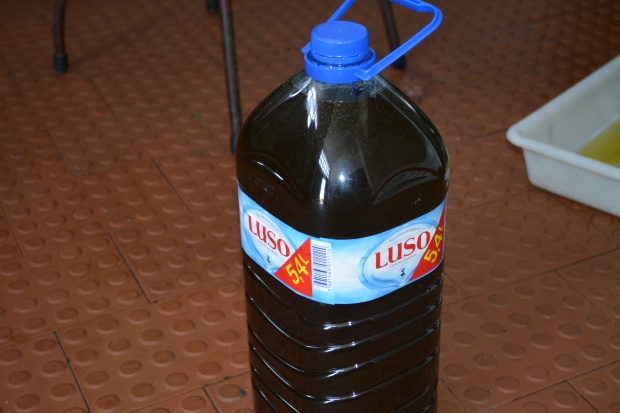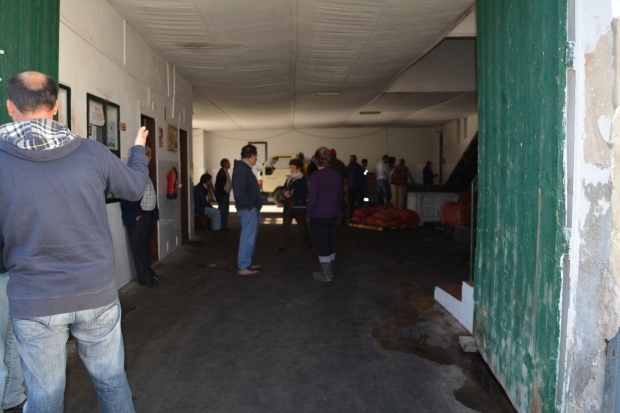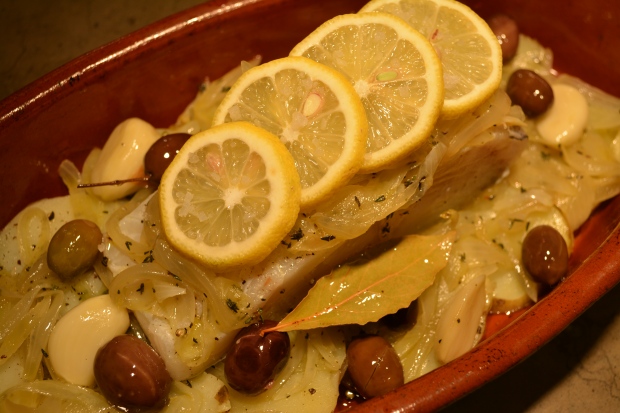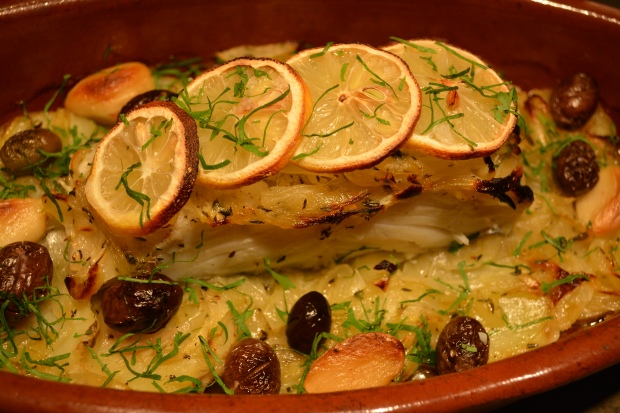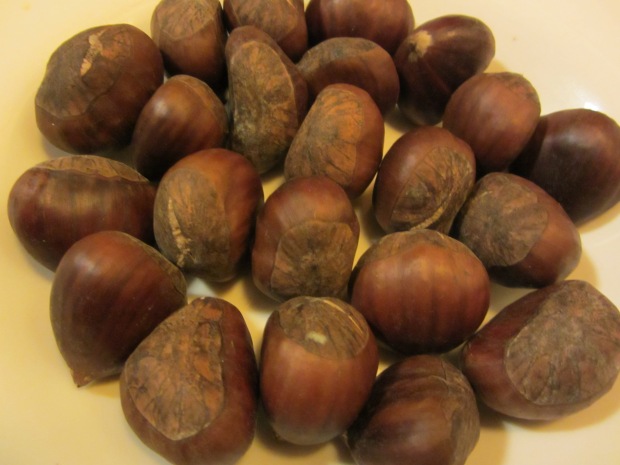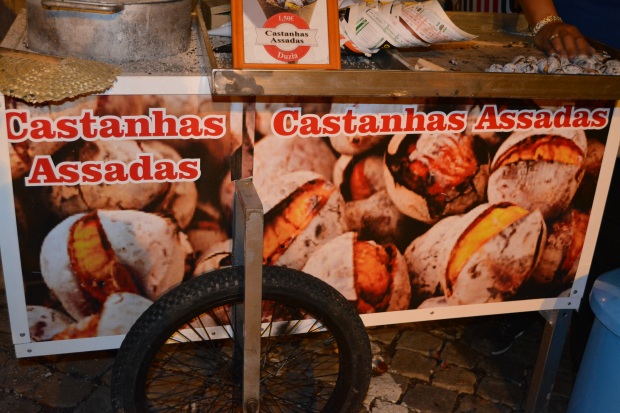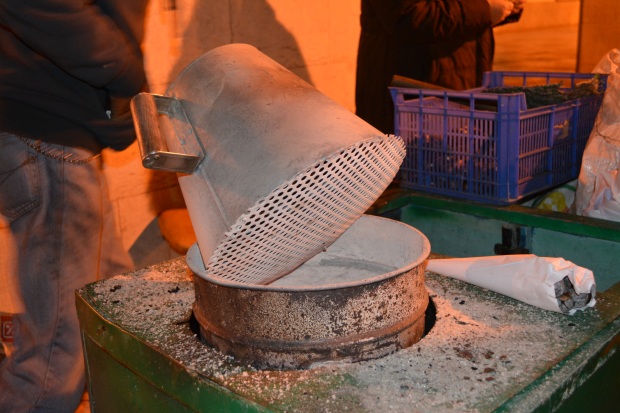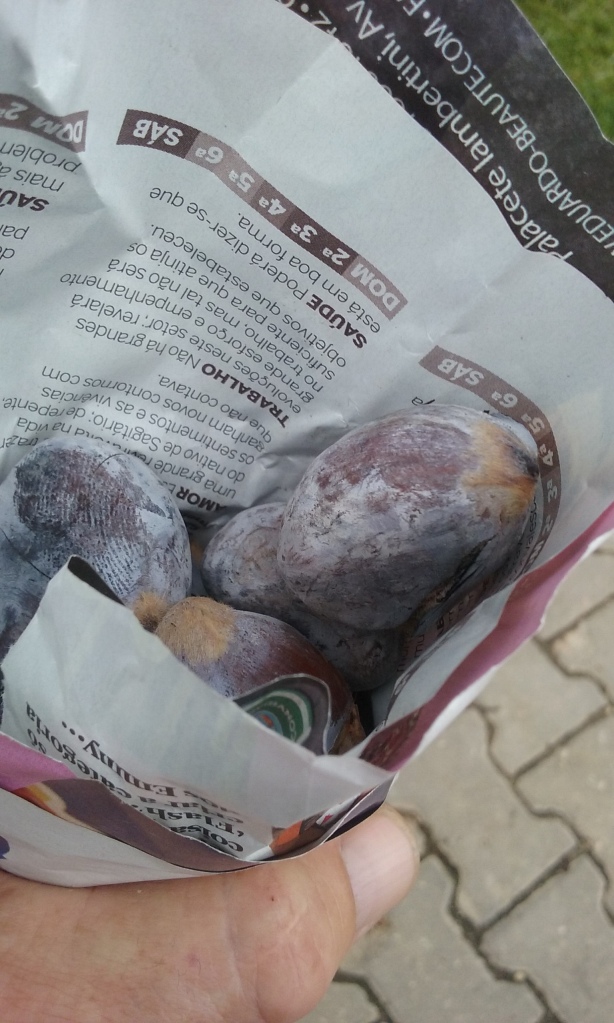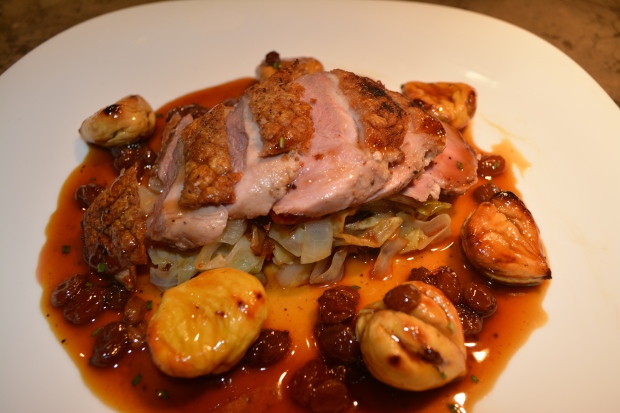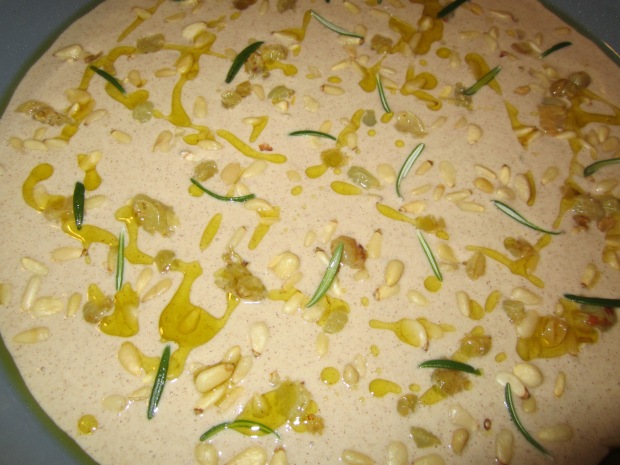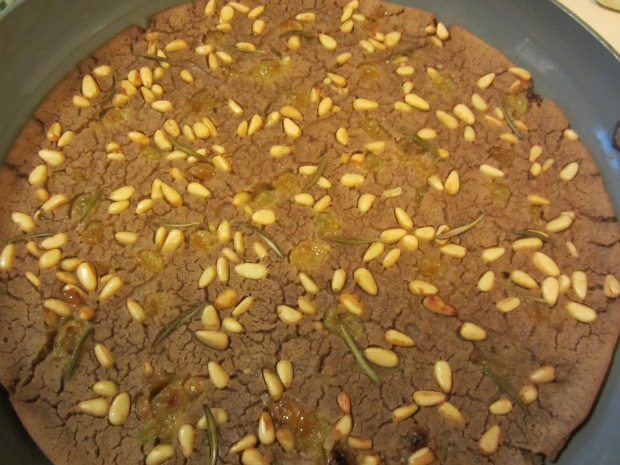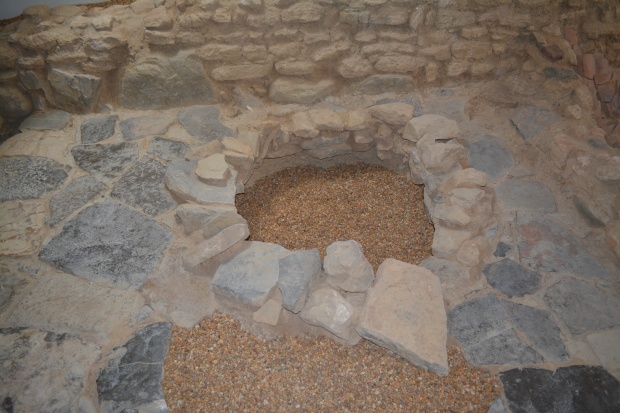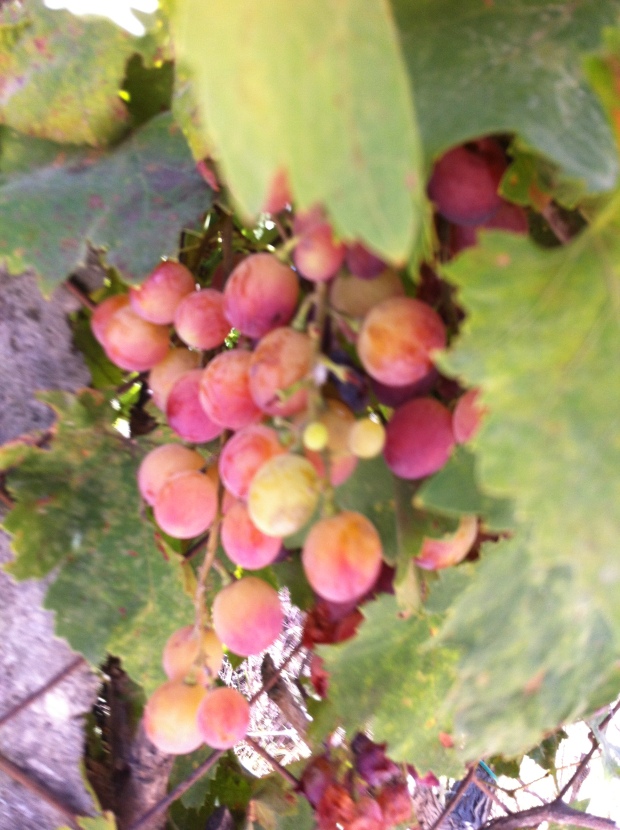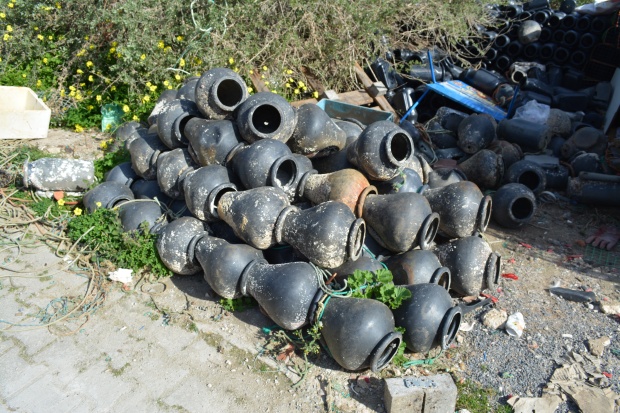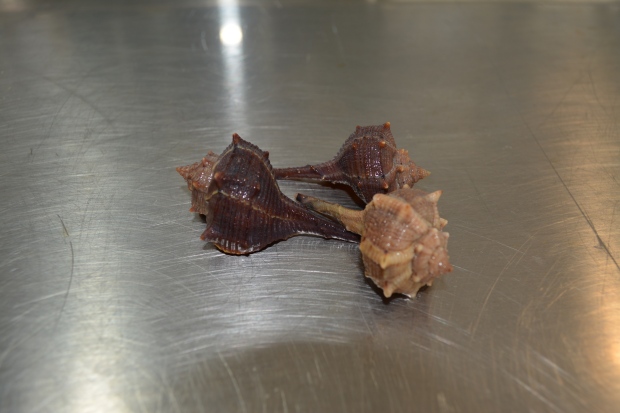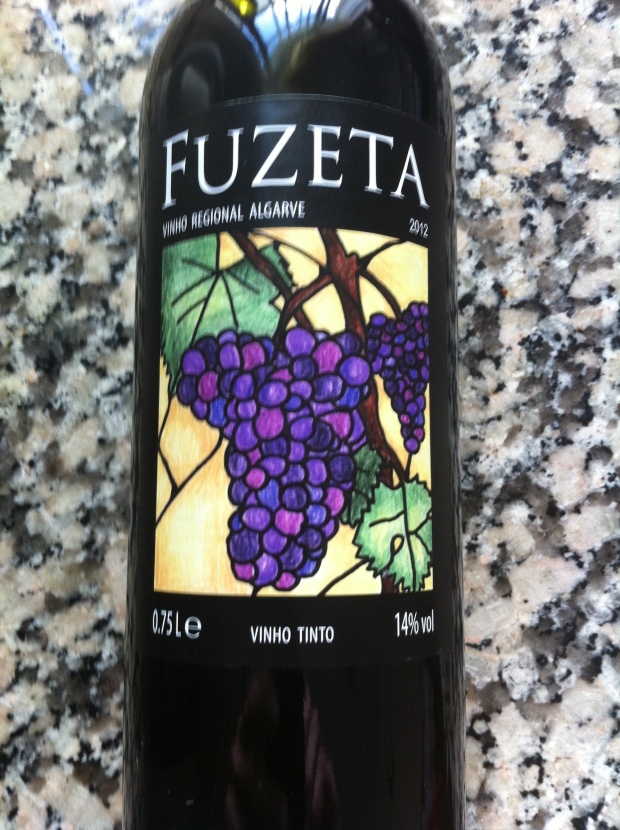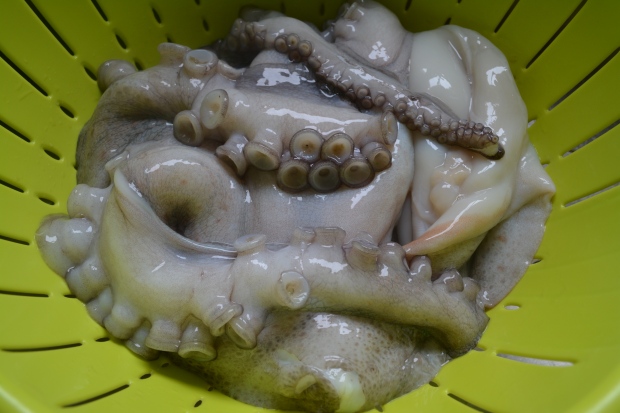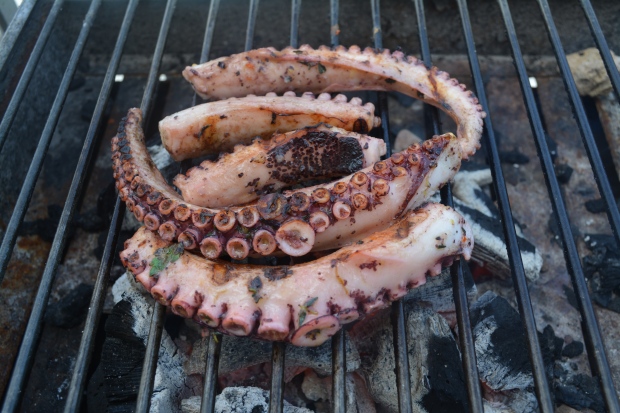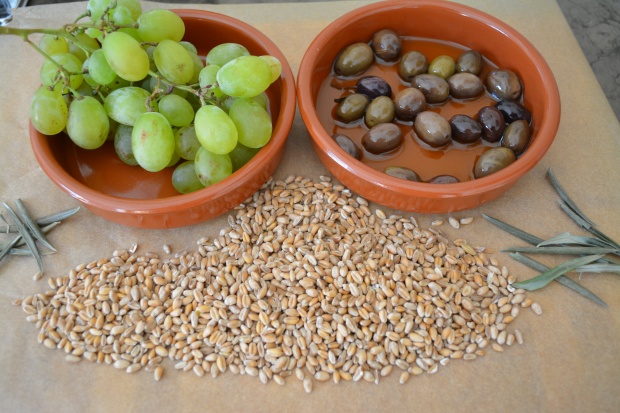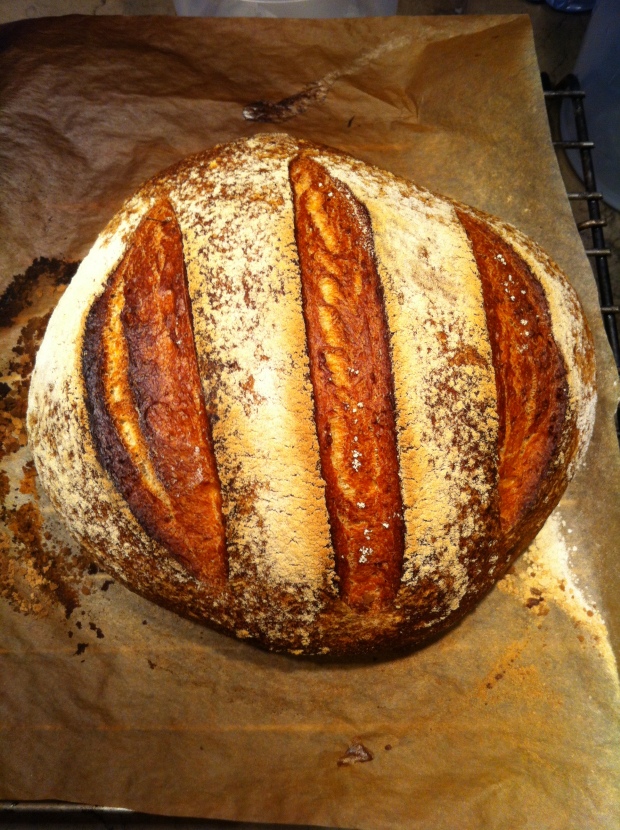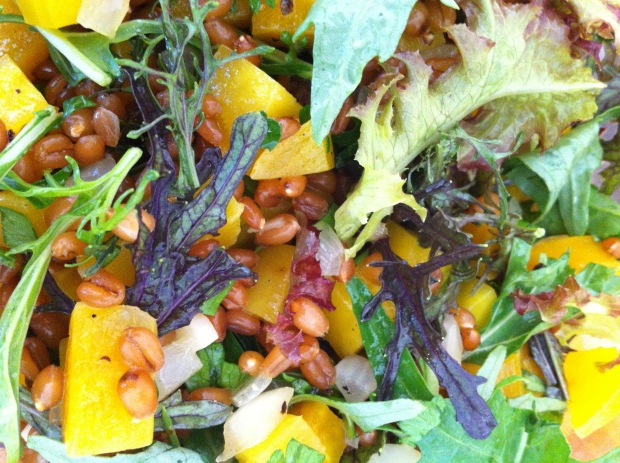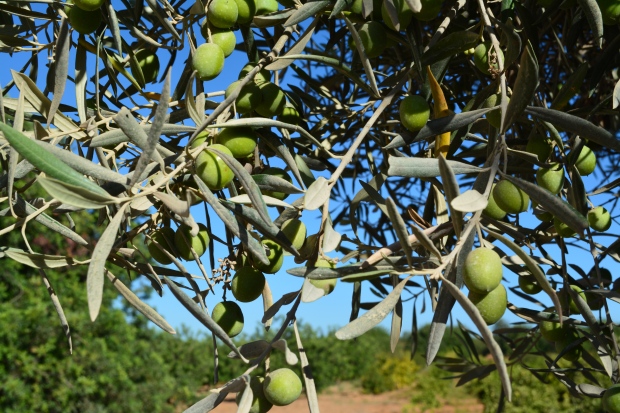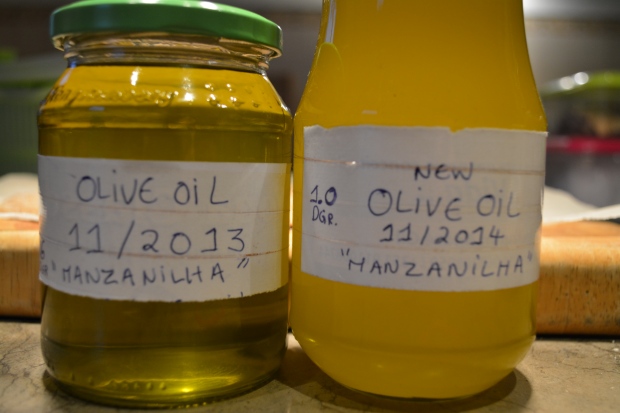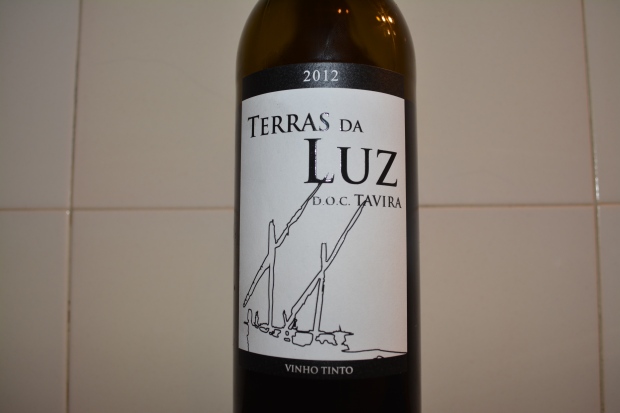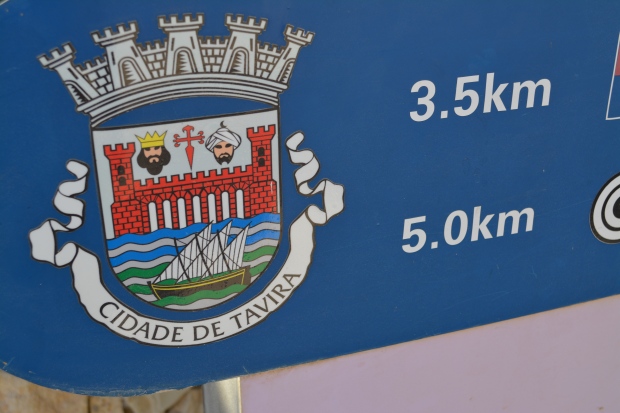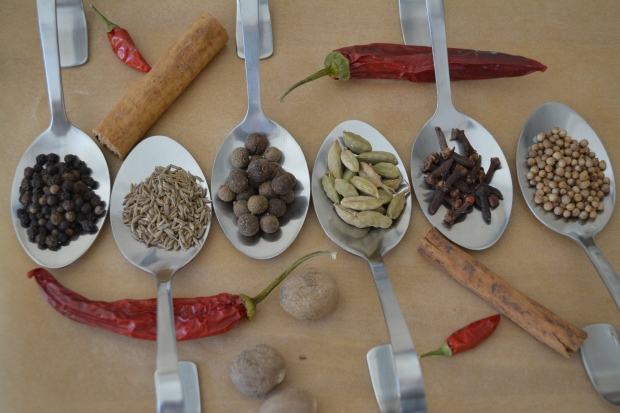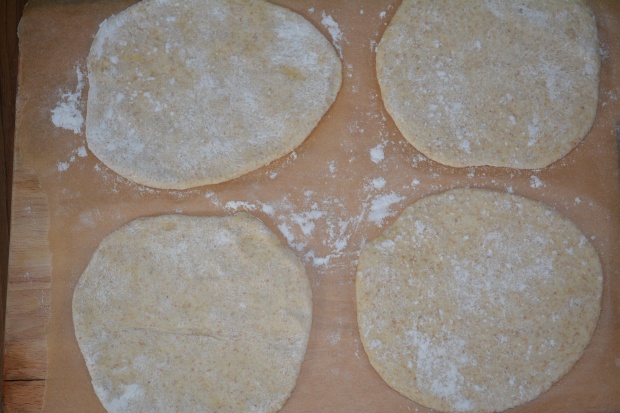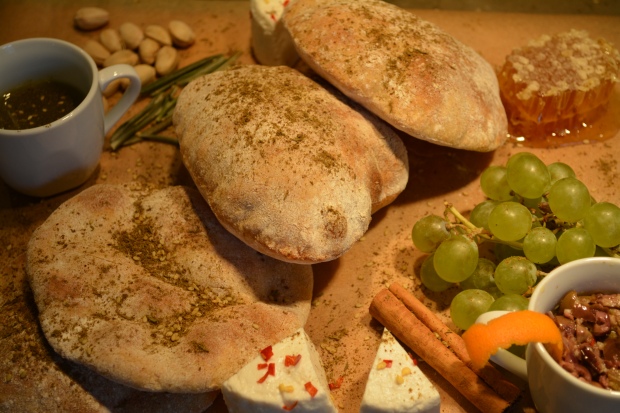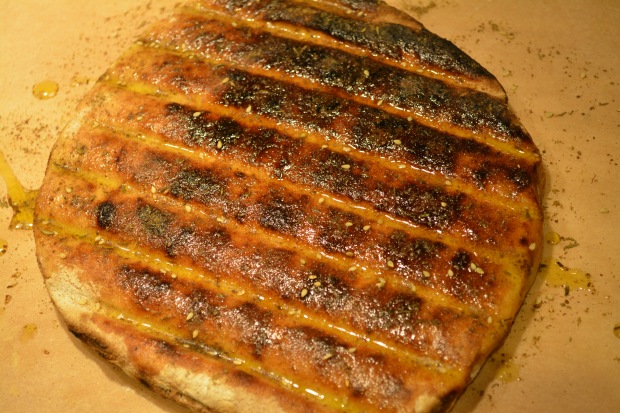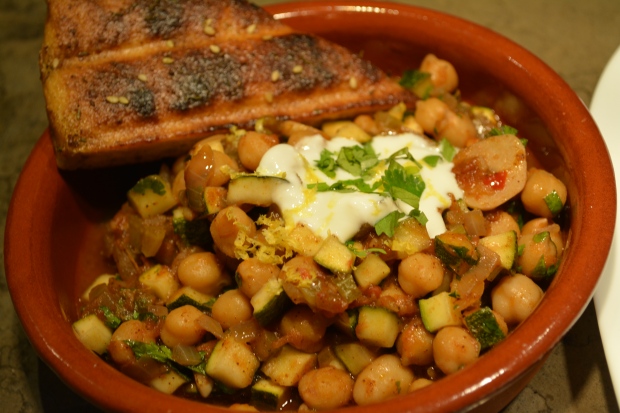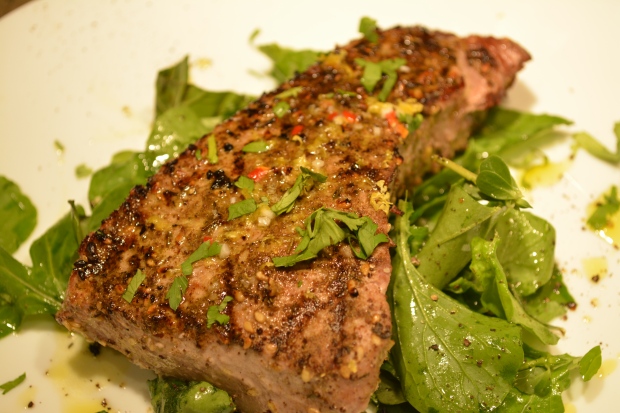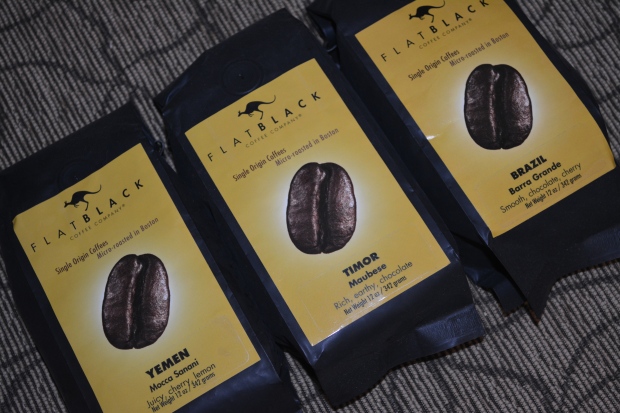i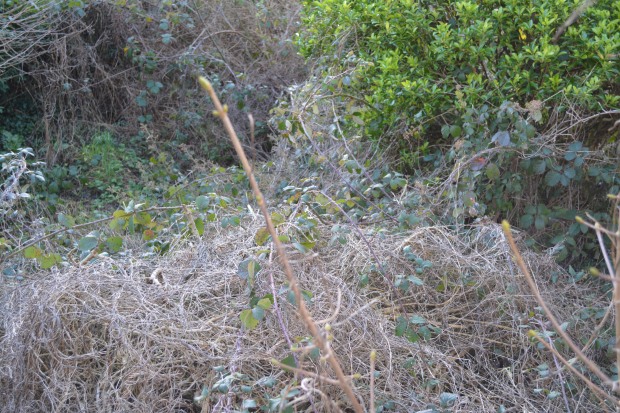 Everything comes full circle and at the start of 2016, after many years of living and working abroad as a chef, I found myself back living in Ireland next door to where I had been raised.
Everything comes full circle and at the start of 2016, after many years of living and working abroad as a chef, I found myself back living in Ireland next door to where I had been raised. 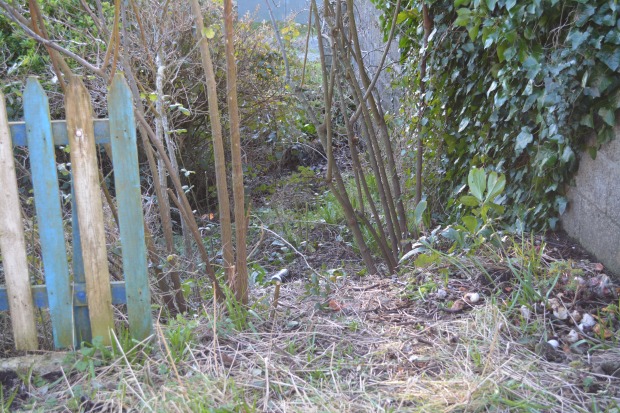 Growing up here, most people had a little back yard plot and my family was no exception. My grandmother lived up the street and that was where my first experiences in tending a garden began. And everywhere I have lived since, I have tried to maintain a garden.
Growing up here, most people had a little back yard plot and my family was no exception. My grandmother lived up the street and that was where my first experiences in tending a garden began. And everywhere I have lived since, I have tried to maintain a garden. 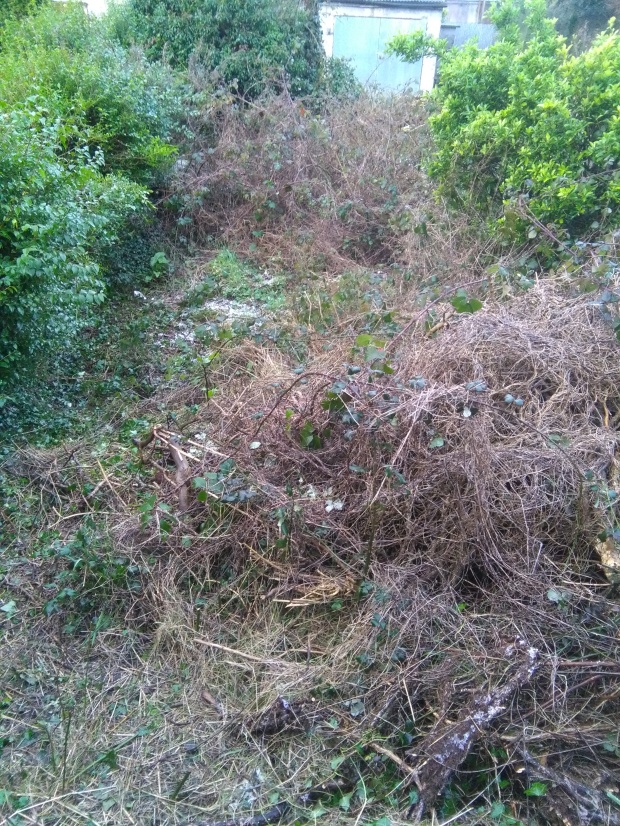 I remember the gentleman who owned this house and garden. He was quite prolific and meticulous. Had he been here now to see its current state, he would have been very upset to see the neglect. As you can see, its a jungle and over the years people had used the space as a dumping ground for domestic waste. Beer cans, broken bottles, rusty nails, plastic bags, plastic containers, carpeting, bones leftover from someones many dinners, bottle caps and the list goes on.
I remember the gentleman who owned this house and garden. He was quite prolific and meticulous. Had he been here now to see its current state, he would have been very upset to see the neglect. As you can see, its a jungle and over the years people had used the space as a dumping ground for domestic waste. Beer cans, broken bottles, rusty nails, plastic bags, plastic containers, carpeting, bones leftover from someones many dinners, bottle caps and the list goes on. 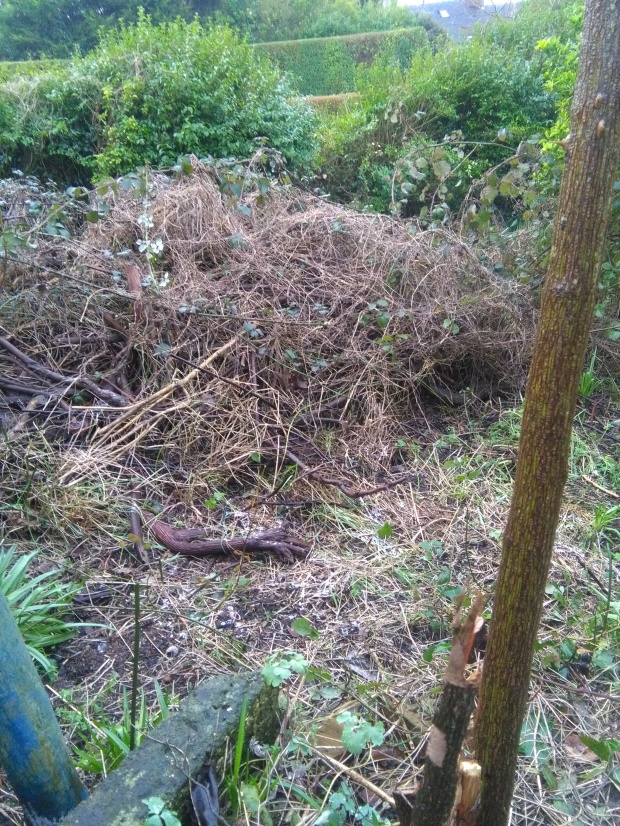 I decided to clean it all up and try to restore the garden to its former glory. It was an enormous undertaking and one that would eventually take me over two months of work.
I decided to clean it all up and try to restore the garden to its former glory. It was an enormous undertaking and one that would eventually take me over two months of work.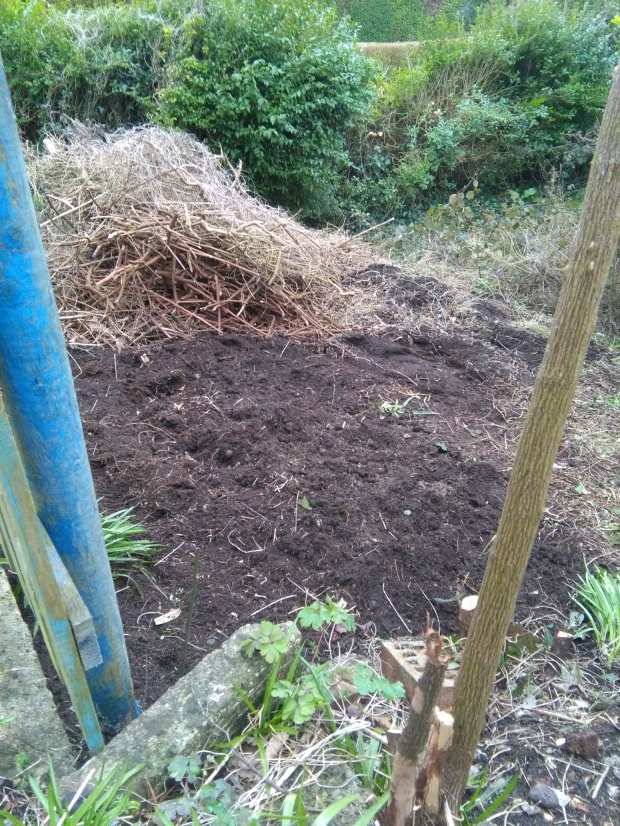 It certainly seemed daunting and it was difficult to figure out where to begin because it was so overgrown with small trees, shrubs, brambles, ivy and weeds.
It certainly seemed daunting and it was difficult to figure out where to begin because it was so overgrown with small trees, shrubs, brambles, ivy and weeds.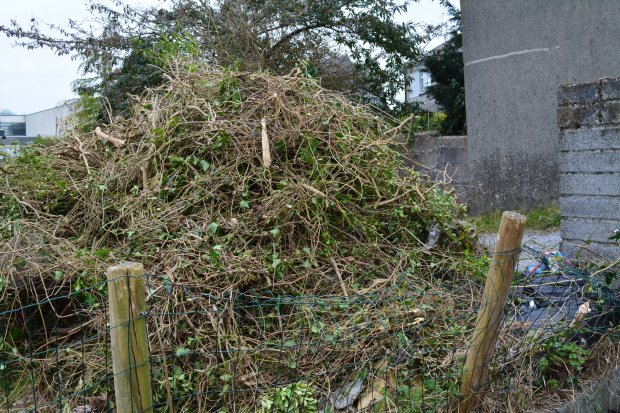 During the process of clearing out the space, I accumulated all of this debris and garden waste. There was more than just one of these piles and it all had to go.
During the process of clearing out the space, I accumulated all of this debris and garden waste. There was more than just one of these piles and it all had to go. 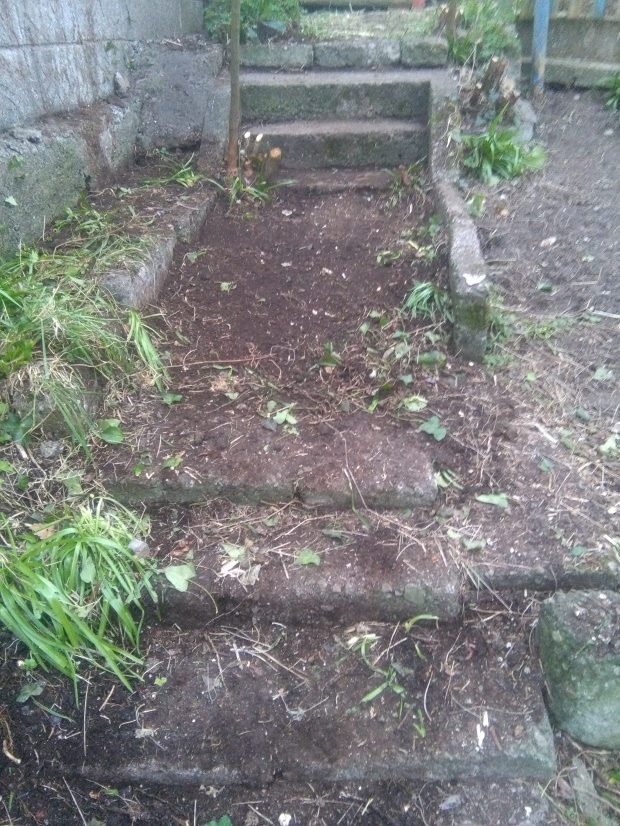 These steps were excavated. I had forgotten about them but here they were, unwalked on for decades. The garden path, so to speak.
These steps were excavated. I had forgotten about them but here they were, unwalked on for decades. The garden path, so to speak.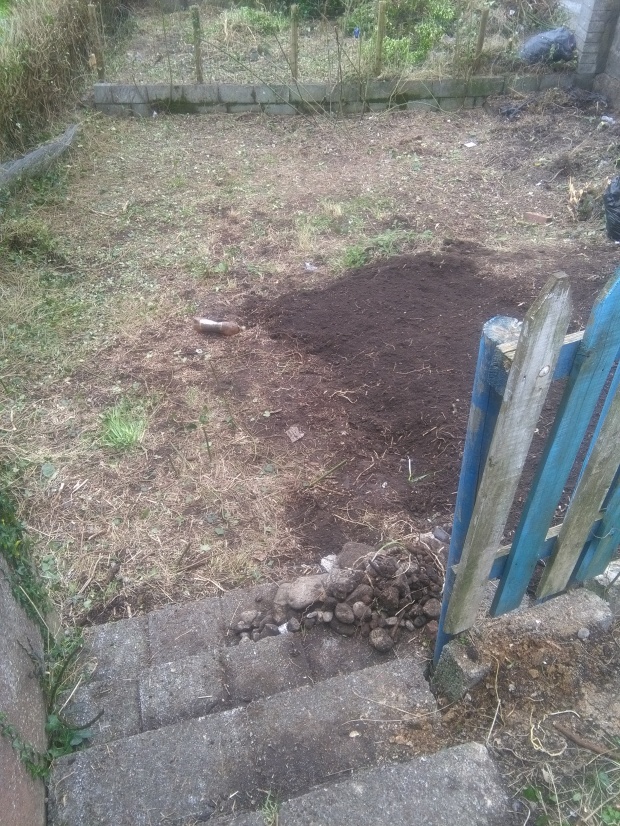 I wanted a blank canvas for myself before I could even think of planting anything. Thus far, the only tools I had available to me were an axe, a saw, a pair of secateurs and gardening gloves. At this point, I was very encouraged. I knew that after years of neglect, I had the next best thing to virgin soil. But nothing is that easy.
I wanted a blank canvas for myself before I could even think of planting anything. Thus far, the only tools I had available to me were an axe, a saw, a pair of secateurs and gardening gloves. At this point, I was very encouraged. I knew that after years of neglect, I had the next best thing to virgin soil. But nothing is that easy.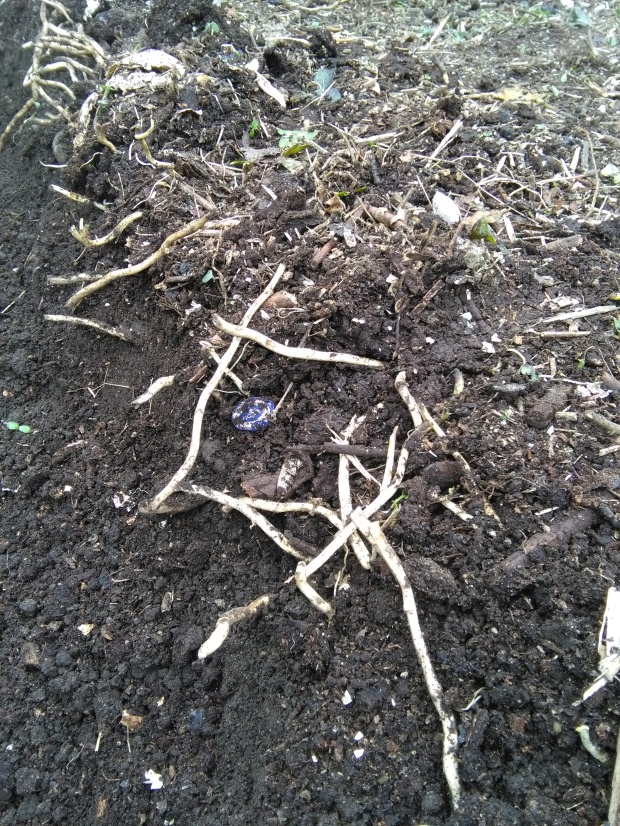 As above, so below. Once the work above the ground was completed, the next task was to begin digging to see what the soil actually looked like. Be careful what you wish for, in this case, because I noticed all of these roots. It is a weed that spreads underground and if left unchecked can take over a garden. Which it did. It sends up a shoot that grows by binding itself around another plant and basically chokes it. They are very prolific and can grow fast. I declared war on it.
As above, so below. Once the work above the ground was completed, the next task was to begin digging to see what the soil actually looked like. Be careful what you wish for, in this case, because I noticed all of these roots. It is a weed that spreads underground and if left unchecked can take over a garden. Which it did. It sends up a shoot that grows by binding itself around another plant and basically chokes it. They are very prolific and can grow fast. I declared war on it. 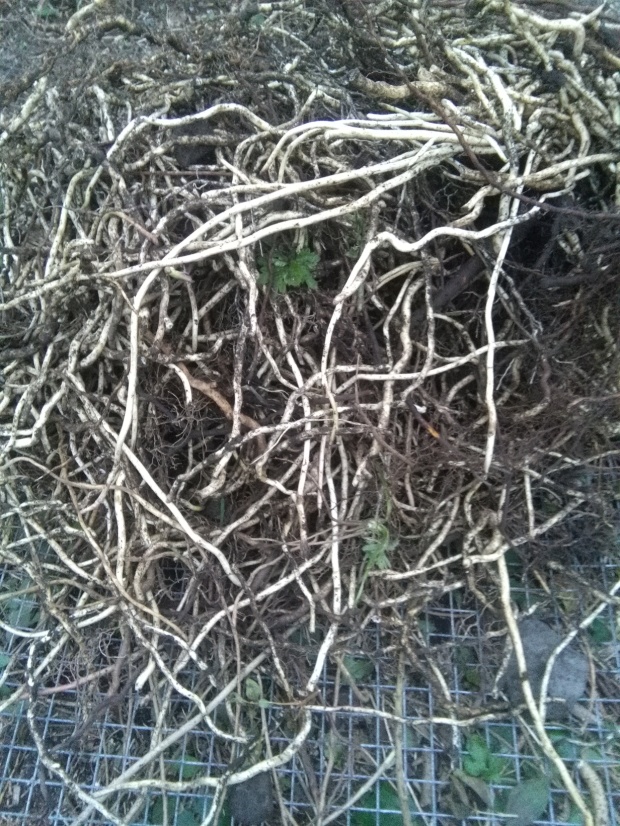 I dug up kilometers of this chokeweed by hand using a shovel only. No chemical sprays were used as I believe in the principles of organic gardening. One thing that I noticed as I was digging the garden was that there were no earthworms. That would have to be rectified and I placed that idea on my priority list as well as a composting bin.
I dug up kilometers of this chokeweed by hand using a shovel only. No chemical sprays were used as I believe in the principles of organic gardening. One thing that I noticed as I was digging the garden was that there were no earthworms. That would have to be rectified and I placed that idea on my priority list as well as a composting bin.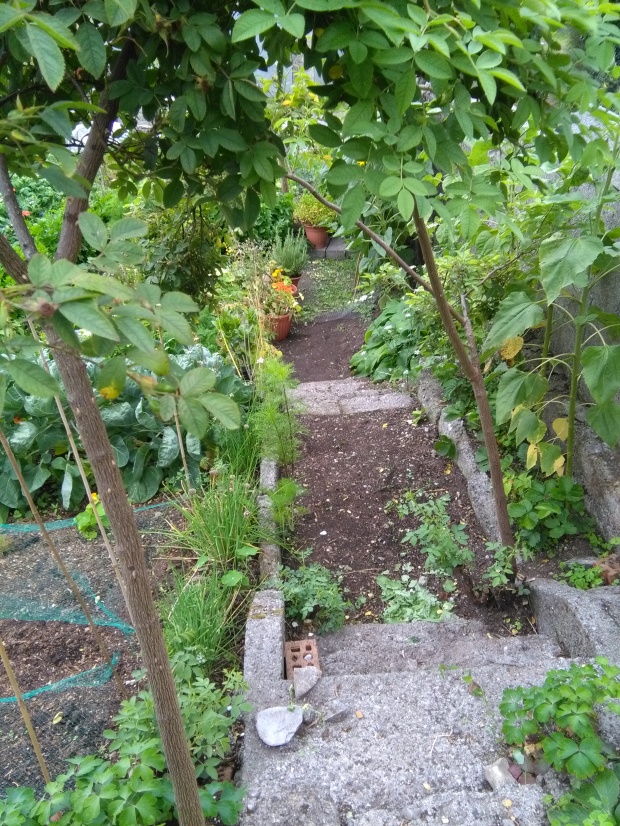 The organic gardening principles and philosophy that I adhere are simple. In addition to to composting and allowing earthworms perform their magic, I also use a four year crop rotation plan, heirloom or antique seeds, save seeds, companion plant, and employ a basic approach to bio-dynamic and lunar gardening aspects. The goals are to have a simple kitchen garden to supplement my cooking ideas, a garden that is sustainable and one that welcomes pollinators.
The organic gardening principles and philosophy that I adhere are simple. In addition to to composting and allowing earthworms perform their magic, I also use a four year crop rotation plan, heirloom or antique seeds, save seeds, companion plant, and employ a basic approach to bio-dynamic and lunar gardening aspects. The goals are to have a simple kitchen garden to supplement my cooking ideas, a garden that is sustainable and one that welcomes pollinators. 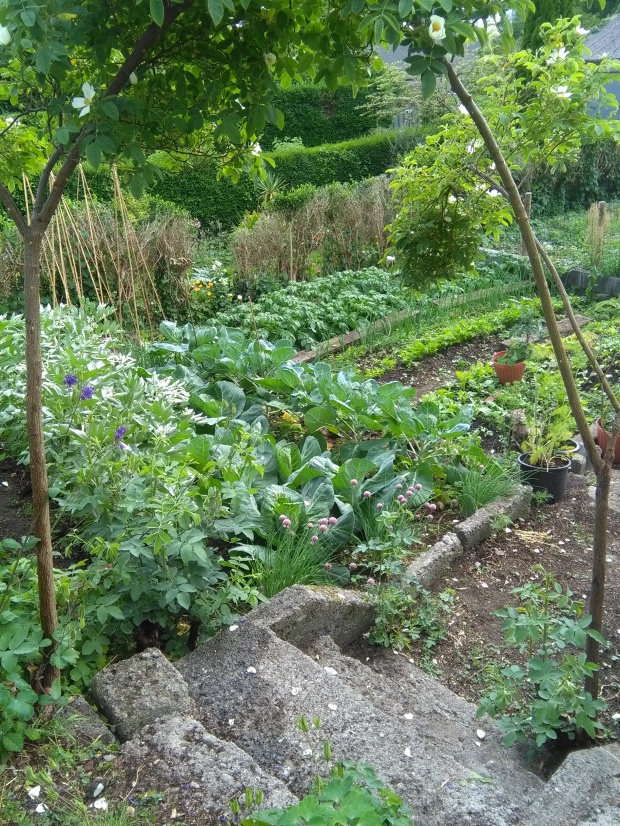 The four year crop rotation plan includes legumes, alliums, roots and brassicas with room to plant a little extra for self satisfaction as well as the herbs I enjoy using in the kitchen. For the year round cool weather climate that is experienced in Ireland, there is plenty of scope to grow. And eat. Eat like a peasant.
The four year crop rotation plan includes legumes, alliums, roots and brassicas with room to plant a little extra for self satisfaction as well as the herbs I enjoy using in the kitchen. For the year round cool weather climate that is experienced in Ireland, there is plenty of scope to grow. And eat. Eat like a peasant.